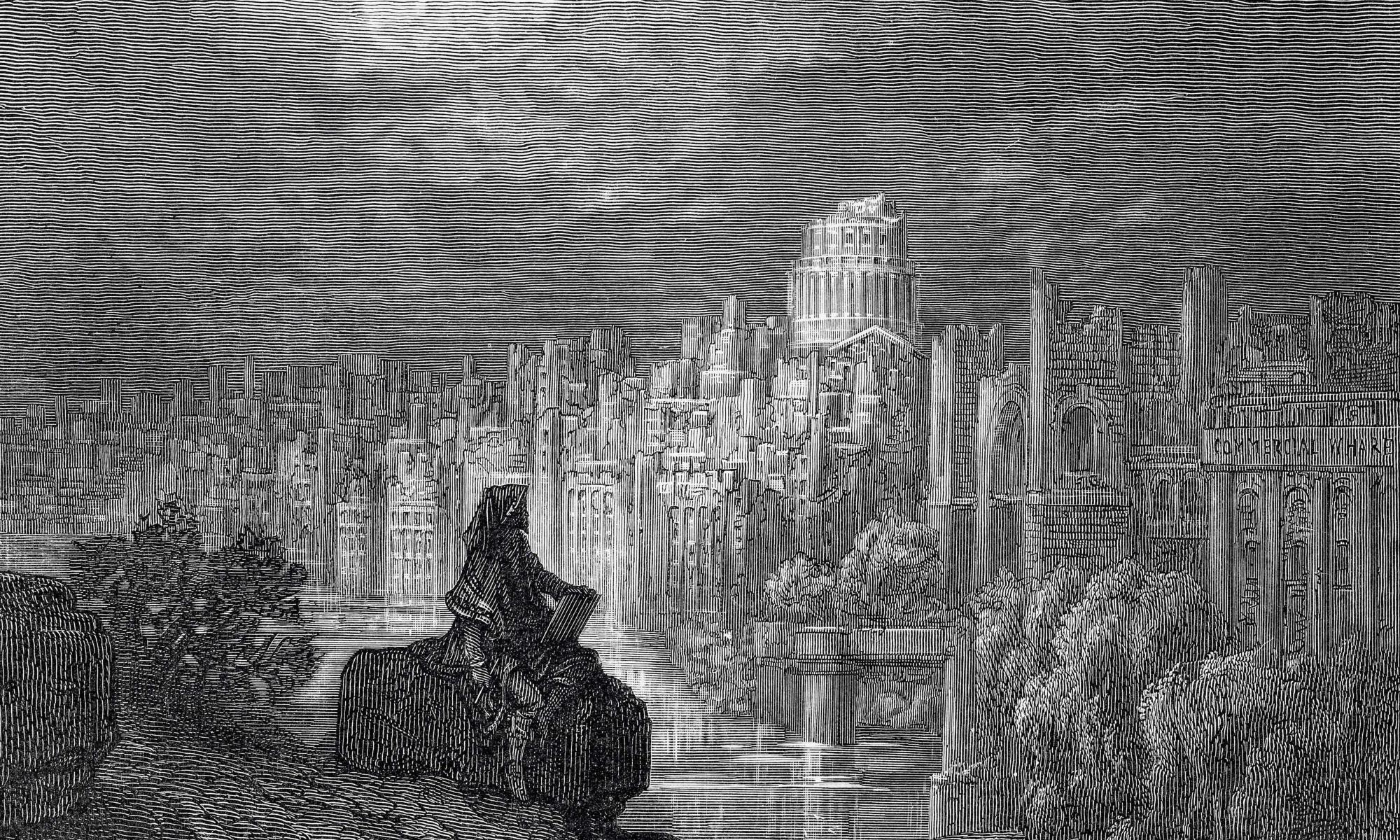Nightfall on Montsalvat
‘At the most we gaze at it in wonder, a kind of wonder which in itself is a form of dawning horror, for somehow we know by instinct that outsize buildings cast the shadow of their own destruction before them, and are designed from the first with an eye to their later existence as ruins.’
—W.G. Sebald, Austerlitz (1)
The unusual mud-brick and spoliated buildings of Montsalvat, Australia’s oldest artists’ colony, were erected in the outer Melbourne suburb of Eltham during the 1930s and 40s. On a recent visit, I was struck by the thought that there is an intriguing, though perhaps counter-intuitive, relationship between these now ramshackle, dilapidated structures and Gustave Dor.’s depiction of a New Zealander surveying the future ruins of London (1872). Central to both is a concept of ruination, which provokes questions about time and its putative linearity.


-itok=bG53zQhy.jpeg)